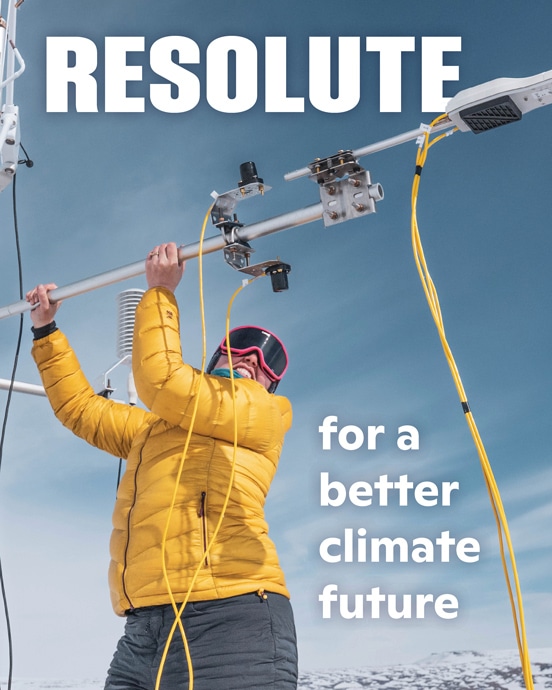photo by Anna Liljedahl
One of the strengths of our approach is that we use detailed physics-based modeling, which allows us to play “what-if” games, revealing the potential effects of changes to the system. The LAKE model simulates thermodynamic, hydrodynamic, and biogeochemical processes within water bodies and sediments. Our team has developed a multiprocessing version of the LAKE model that allows us to extensively manipulate its parameters, which reduces run time and enhances efficiency. We can use the model to study methane dynamics as a proxy for potential methylmercury formation.
Our findings suggest that lake morphometry (size and shape) and connectivity of water bodies significantly influence methane and carbon dioxide emissions. This adds a new dimension to Arctic water and carbon science, and provides direction for future research and climate mitigation strategies for biochemically complex small water bodies.
Further analysis has revealed snow cover, ice duration, and water temperature to also be key factors in Arctic lake carbon dynamics. For example, an absence of snow cover or an increase in air temperature could cause increased emissions of methane and carbon dioxide from water bodies. By highlighting the role of these climate-linked variables, our research is contributing to a deeper understanding of how climate change affects methane and carbon dioxide dynamics in Arctic regions—one that could help us better understand methylmercury dynamics.
This material is based upon work supported by the U.S. National Science Foundation under Award No. NSF 2211427. Any opinions, findings, conclusions or recommendations expressed in this material are those of the author(s) and do not necessarily reflect the views of the National Science Foundation.




